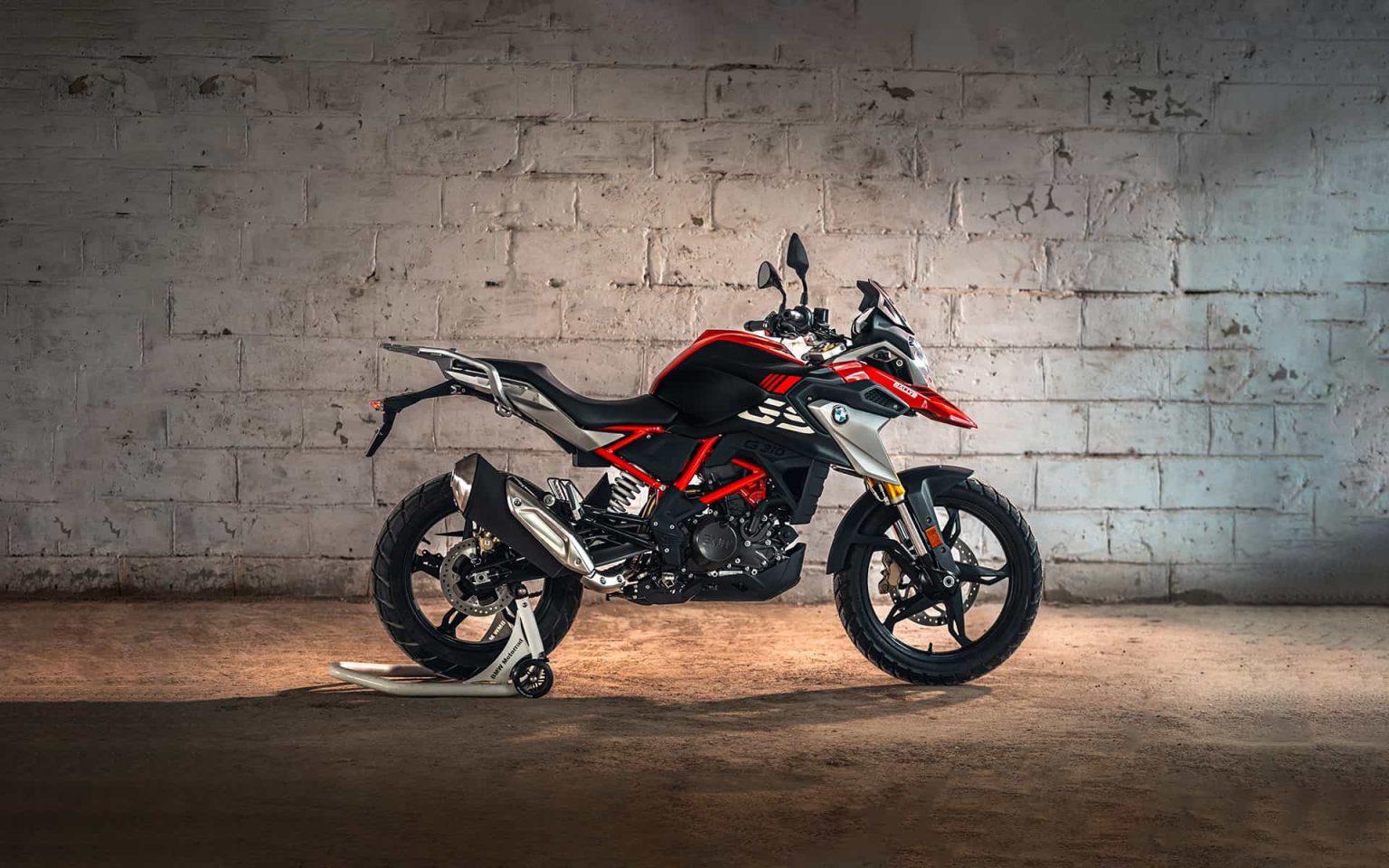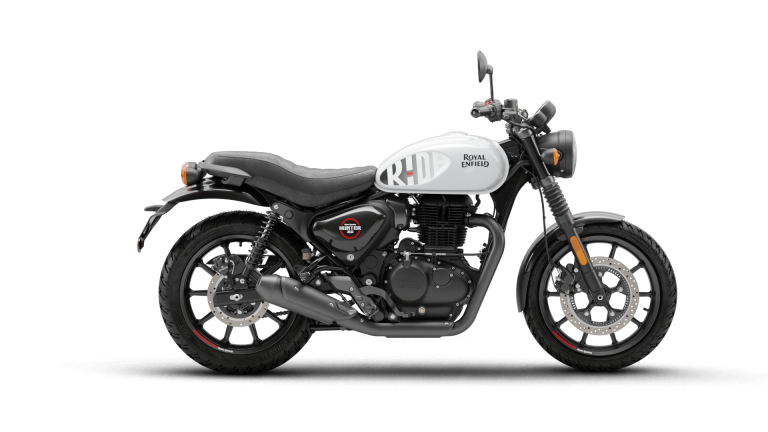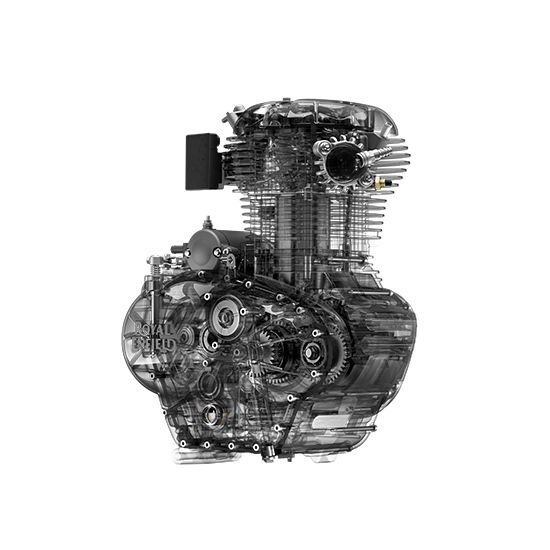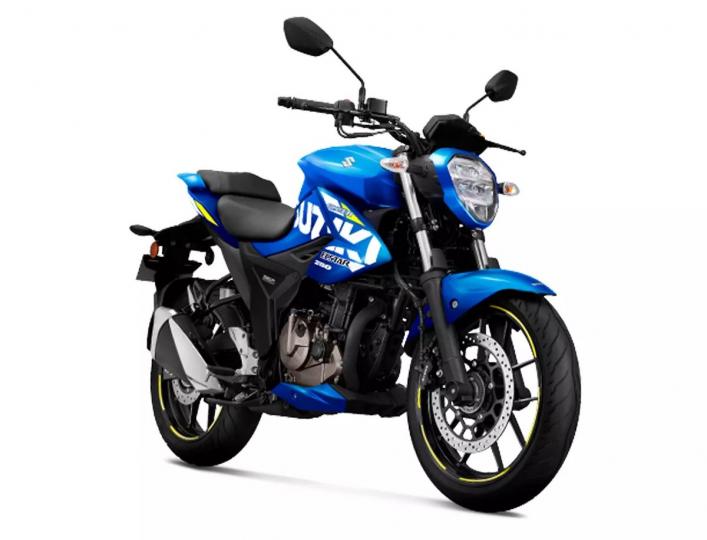The BMW G 310 series — including the G 310 R and G 310 GS — marked the German brand’s strategic entry into the small-capacity motorcycle market. Developed in collaboration with TVS Motor Company in India, the 310 platform offered a gateway for new riders into the BMW Motorrad lineup. However, as of 2024–2025, BMW appears to have quietly phased out the 310 platform. Here’s why:
1. Evolution of Market Demands
The global motorcycle market has seen a shift in rider preferences. While entry-level bikes remain important, there’s increasing demand for machines with better performance, tech, and versatility — especially in the 400–500cc segment. BMW may have concluded that the 310cc engine had reached the limits of its appeal in a rapidly evolving market.
2. Strategic Refocus on Core Segments
BMW Motorrad has always been known for its premium middleweight and heavyweight motorcycles. The 310 series was an outlier in terms of price, production, and positioning. Discontinuing the 310 platform may be part of a move to refocus resources on the higher-margin segments where BMW already dominates — like the GS, R, and S series.
3. TVS-BMW Partnership Realignment
While the G 310 series was produced in India by TVS, recent developments suggest that the collaboration is evolving. TVS has been developing its own line of motorcycles based on the same engine architecture — like the Apache RR 310. With TVS taking more creative control over this platform, BMW may have opted to step back and let TVS lead in the entry-level sport and adventure space.
4. Regulatory and Emission Norms
Meeting stricter emission regulations (like Euro 5 and India’s BS6 Phase 2) while keeping costs down is a serious challenge for small-displacement bikes. It’s possible that BMW decided the investment required to keep the G 310 compliant wasn’t justified by its market returns.
5. Room for a Bigger Successor
There are rumors that BMW might re-enter the lightweight segment with a more powerful and premium single-cylinder or twin-cylinder platform in the 400–500cc range — something that better aligns with evolving consumer expectations and offers more performance without sacrificing brand identity.
Final Thoughts
The BMW 310 platform may have exited production, but its impact remains. It introduced thousands of new riders to the BMW experience and proved that small bikes could still carry a premium badge. As BMW shifts gears toward the future, fans can expect a new chapter — likely more powerful, more advanced, and even more aligned with the brand’s global vision.



